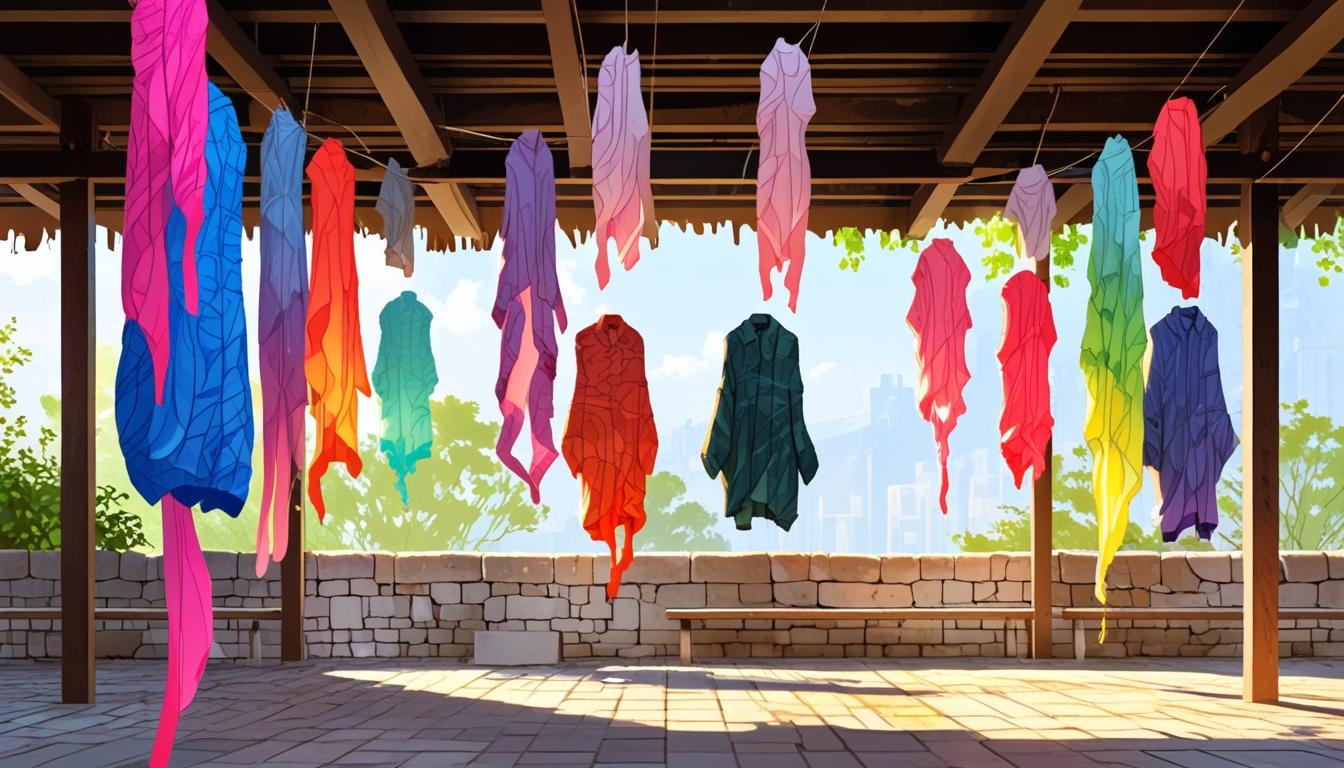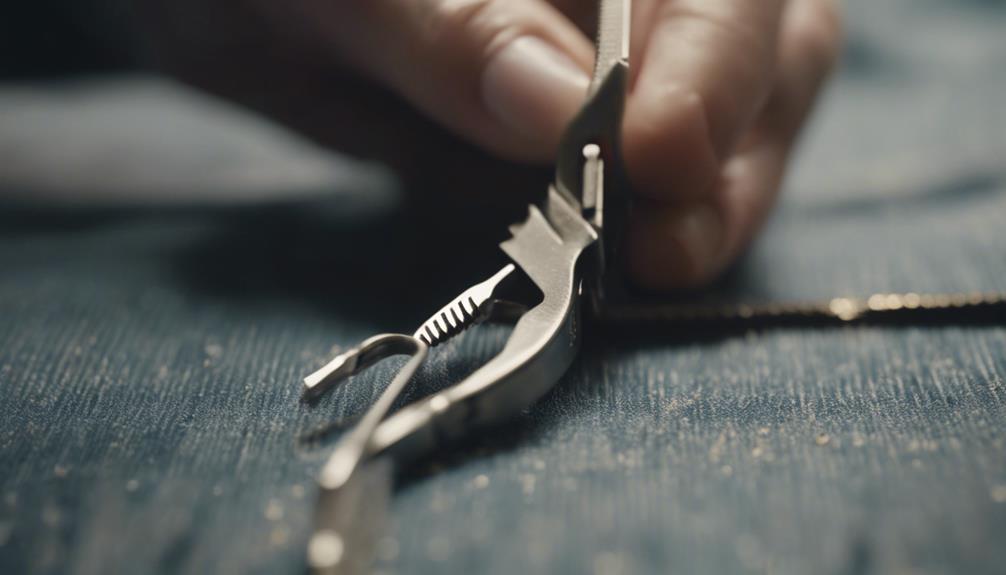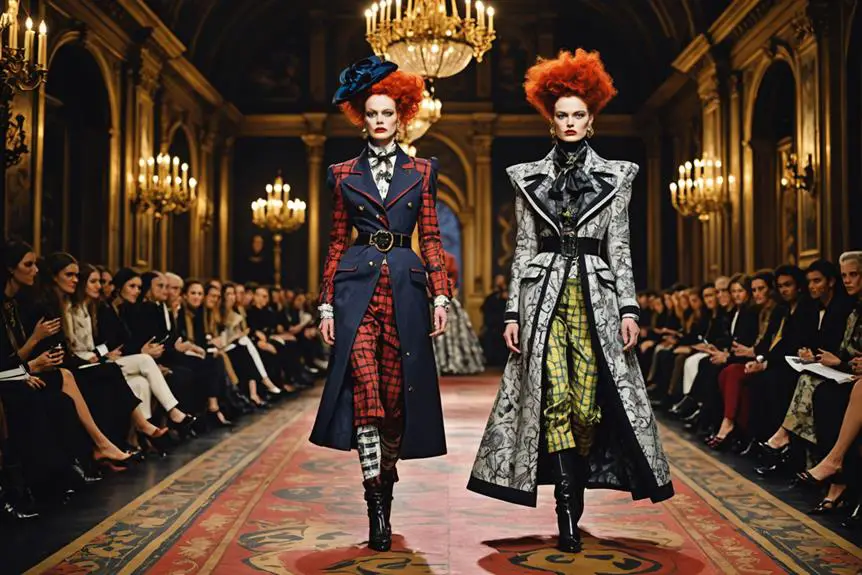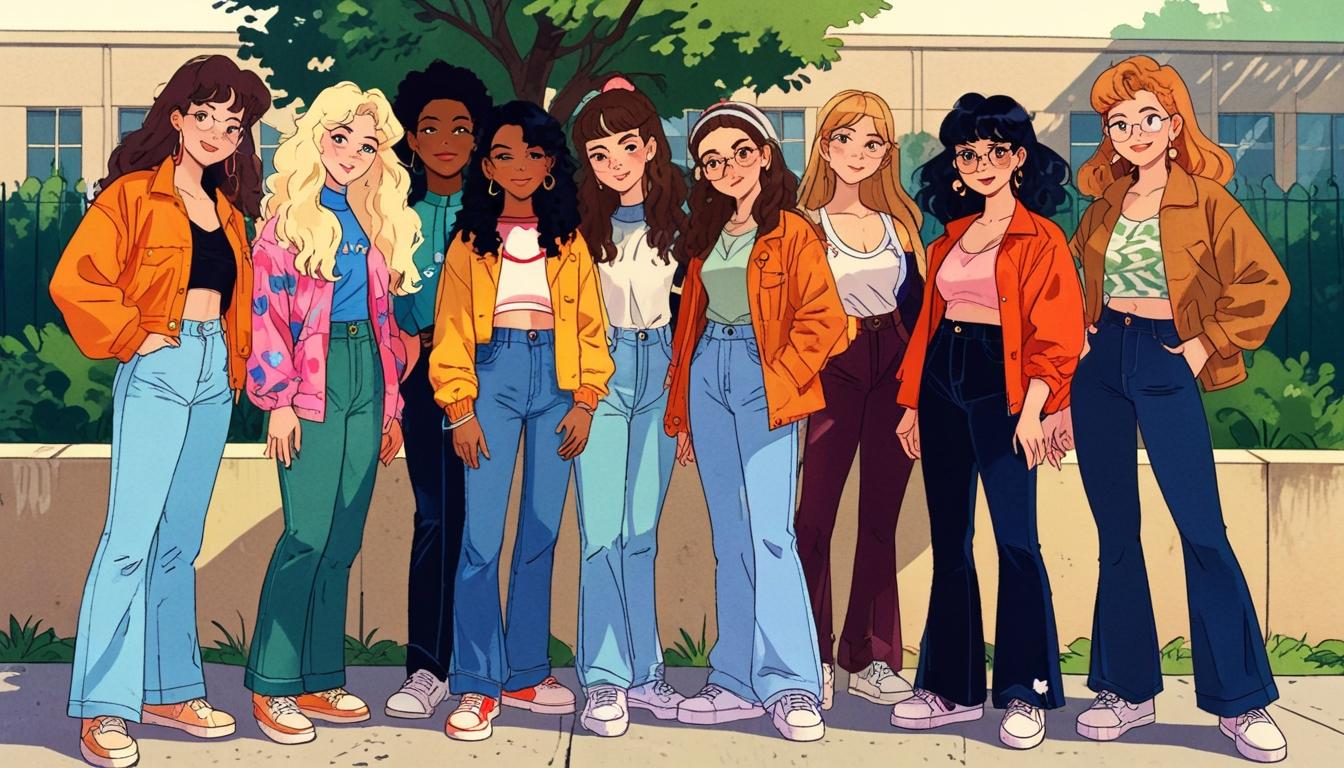Artist Kari Anne Helleberg Bahri transforms second-hand fabrics into compelling stories about human connection and personal expression.
Kari Anne Helleberg Bahri, a noted artist renowned for her textile-based installations, is making waves with her unique approach to exploring human experiences through the medium of clothing. Her work prominently features second-hand fabrics, often sourced from her own garments, which showcase visible signs of wear. This choice in materials serves a dual purpose: it accentuates the personal stories behind the textiles while simultaneously allowing deeper emotional and psychological states to emerge.
Bahri’s artistic philosophy hinges on the belief that textiles create a boundary between individuals and society. She endeavors to unravel the hidden narratives and feelings associated with clothing, transforming everyday fabric into a compelling storytelling device that fosters human connection.
When reflecting on her early experiences with textiles, Bahri shared, “I can’t recall a specific memory, but looking at old photos I see myself from an early age… dressing up in old clothes, hats, scarfs, curtains and so on. I think I always have used textiles and clothes to express myself and transform.” This foundational relationship with clothing has heavily influenced her approach to art, with her attire serving as a significant reflection of her mood and mental state.
In creative pursuits, Bahri finds inspiration in bustling cafes, where the hum of conversation fuels her imaginative process. “I need humming voices and that life goes on around me to get energy,” she explained. The sounds of the café combined with the presence of visual stimuli, like old magazines and her notepad, create an atmosphere that she describes as both relaxed and invigorating.
Bahri’s artistic education included studying fashion and costume design at the Oslo National Academy of the Arts, complemented by three years at a private art school. She emphasized that her schooling prioritized conceptual thinking over traditional craftsmanship. “I learned that if you really want to make something, you find a way to do it,” she noted. While her sewing skills may not embody technical perfection, they embody her intimate and authentic expression, integral to her work.
At the upcoming Collect 2025 fair, Bahri will present her artworks, including a wall piece titled ‘Every Day,’ which features five small shirts made from old shipping bags. This piece represents the monotony of daily life and how individuals often succumb to societal expectations. The worn, grey shirts stand as metaphors for the constraints that daily routines impose on personal expression.
Another notable work, ‘Lag,’ consists of cocoon-like forms, which convey themes of necessity and personal growth during periods of inactivity. Bahri comments on the societal tendency to equate rest with laziness, stating, “When the body shuts down and is tired, we feel guilty and worthless but inactivity is necessary to grow and change as a person.” This perspective challenges the prevalent notion that productivity is the measure of value in modern life.
Bahri expressed her admiration for textiles, saying, “There are so many things I love about textiles. All the varieties, the qualities and the different properties.” She appreciates that well-used textiles often gain beauty with age and finds joy in the way such materials can be shaped into three-dimensional forms, which helps bridge the gap between the artist and the audience. “I hope that gives the viewer an entry into my work and it therefore becomes more accessible for the public,” she said.
Her featured works at the Collect Fair will be showcased through Bluerider ART, further amplifying her exploration of human experiences conveyed through clothing and textiles.
Source: Noah Wire Services




